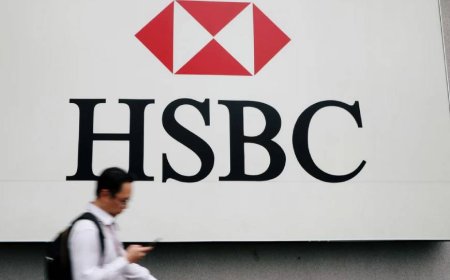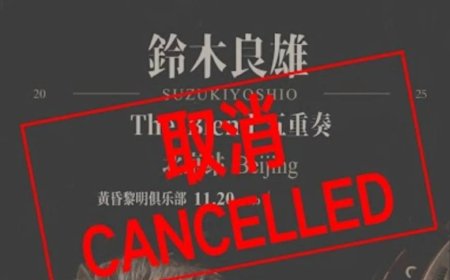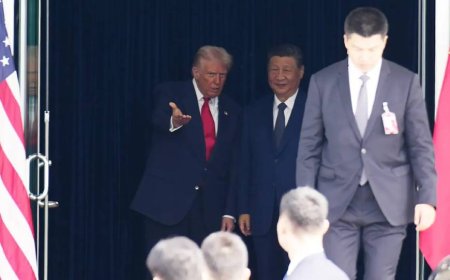Bank of China (Canada)
Bank of China or Bank of China Limited in full, is one of China’s four state-owned commercial banks.

In 1912 After the establishment of the Provisional Government of the Republic of China, Dr. Sun Yatsen, the Provisional President, sanctioned the change of the Da Qing Bank into the Bank of China, with functions as central bank. On 5 February, the Bank of China (BOC) started operations at Number 3, Hankou Road, Shanghai, the premises of the former Da Qing Bank. Afterwards, the Bank of China issued bank notes. In 1916 The Government of the Northern Warlords wired to BOC the Order to Suspend Redemption of Bank Notes for Silver. To maintain the Bank's creditworthiness, BOC Shanghai Branch rejected the Order and continued the redemption as usual, which not only halted a run on the Bank, but also enormously enhanced the reputation and prestige of BOC. In 1928 BOC was changed into a government chartered international exchange bank. In 1929 BOC London Agency was established, also the first overseas branch of the Chinese banks. From then on, BOC built up its global network with 34 overseas branches opening within the two decades. In 1949 On 5 June, BOC resumed normal business operations. The Bank became the specialised foreign exchange bank, which actively supported foreign trade and contributed greatly to the recovery and development of the national economy. In 1950 On 9 April, the first meeting of the first board of directors of BOC since the founding of New China was held in Beijing. Mr. Nan Hanchen was appointed Board Chairman and Madam He Xiangning Chief Supervisor. In 1984 On 6 November, BOC successfully issued in Japan, 20 billion yen of Samurai bonds, which was the first overseas bond issue by modern China. By the end of 2001, BOC had issued bonds in the international capital market 27 times, raising funds in excess of US$5 billion. BOC is now an established issuer. In 1993 China initiated a process of foreign exchange system reform and hence captured the world's interest. BOC played a critical role in the unification of exchange rates, foreign exchange purchases and sales, the incorporation of foreign-funded enterprises into the foreign exchange sales system etc. In 1994, BOC embarked on a transformation from a specialised bank to a wider based state-owned commercial bank. In 1994 On 1 May, BOC became the third note issuing bank in Hong Kong by issuing its first BOC Hong Kong Dollar notes. In October 1995, BOC similarly issued Macau Pataca notes. The issuing of both Hong Kong Dollar and Macau Pataca notes helped stabilise the financial markets of Hong Kong and Macau; it also reflected BOC's substantial financial strength. In 1998 BOC International Holdings Ltd., the wholly-owned subsidiary of BOC specialising in investment banking, was located and incorporated in Hong Kong. This is the most internationalized investment bank established overseas by the Chinese banking industry, and correspondingly has the strongest professional team, the largest international distribution and retail network, and the most assets under management. In 2001 On 1 October, Bank of China (Hong Kong) Ltd. was incorporated as a result of the merging of 10 member banks of the former BOC Group, which not only marked a new level of BOC's operations in Hong Kong, but also a critical move forward for the restructuring of BOC. In 2002 On 4 February, BOC celebrated solemnly its 90th oncoming anniversary. In July 2002, BOC Hong Kong (Holdings) was successfully listed on the Hong Kong Stock Exchange. The USD2.8 billion offering was over-subscribed by 7.5 times. The deal was a landmark in the development of the Bank of China and a significant move in the reform of China's banking industry.
Address: PO Box 356, Suite 2730, Exchange Tower, 130 King Street West, Toronto, ONT M5X 1E1, Canada
Phone: +1 416 3622991
FAX: +1 416 3623047








































































































































